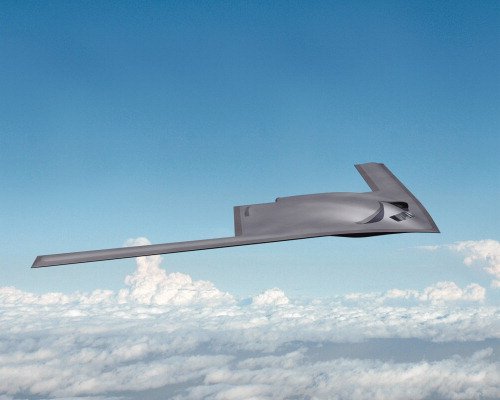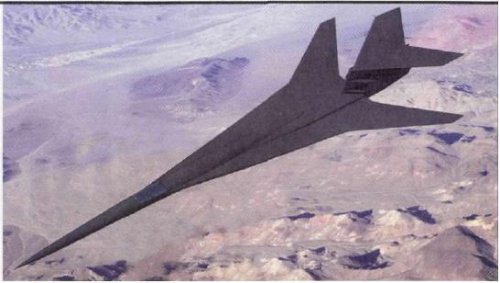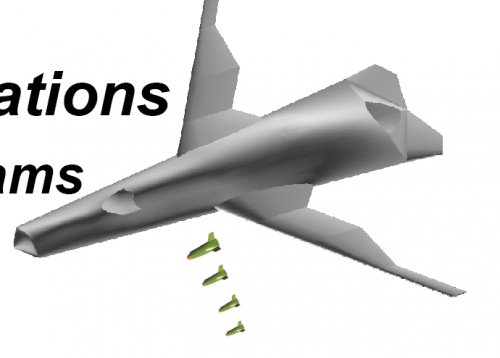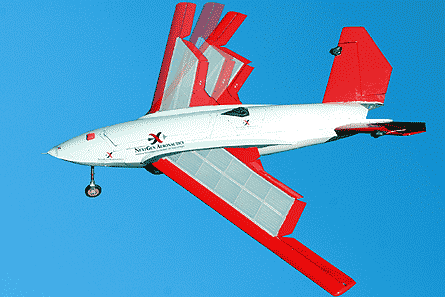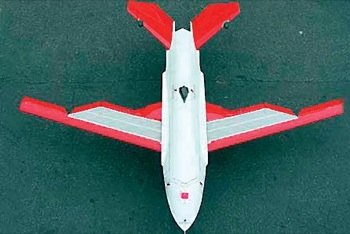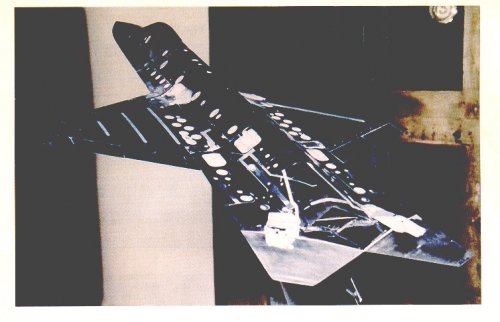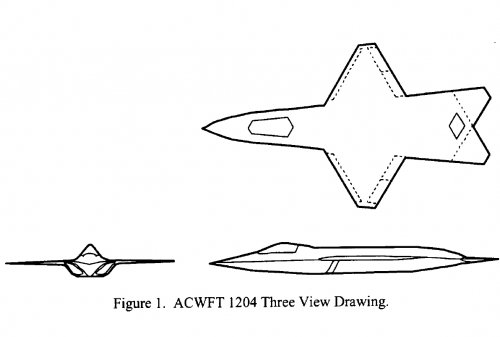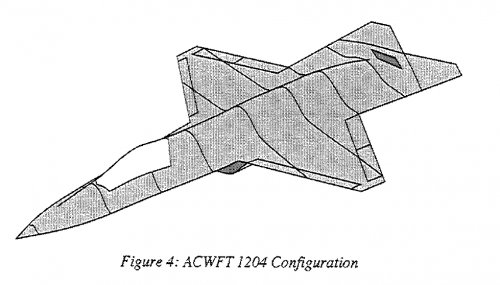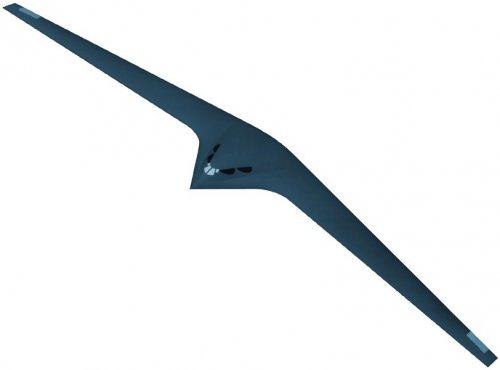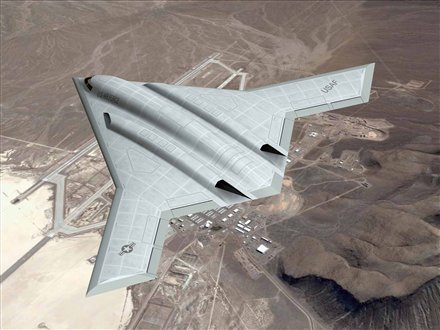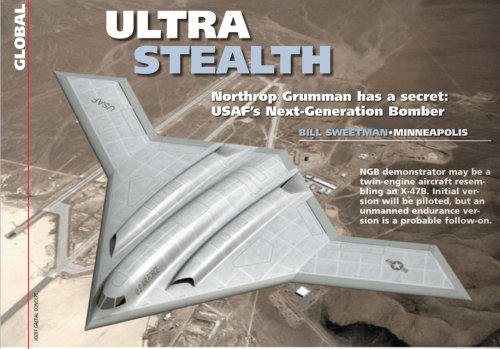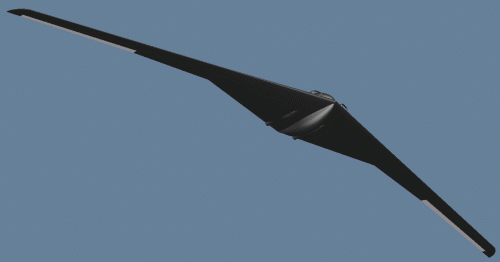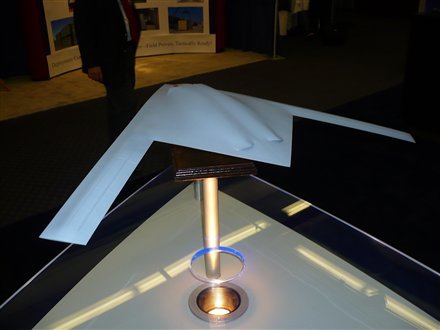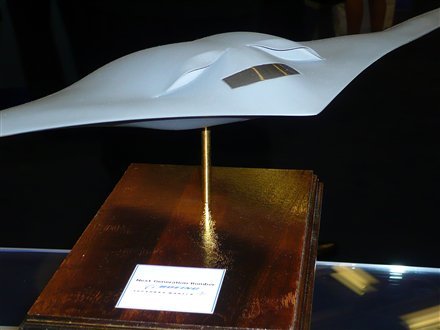- Joined
- 1 April 2006
- Messages
- 11,390
- Reaction score
- 10,275
http://www.aviationweek.com/aw/generic/story_channel.jsp?channel=defense&id=news/LMNG012808.xml
Lockheed, Boeing Team Against Northrop For Next-Gen Bomber
Jan 28, 2008
Amy Butler/Aerospace Daily & Defense Report
Lockheed Martin and Boeing, two rivals in the manned fighter market, have established a partnership to go after the next big U.S. Air Force contract -- the building of a manned, next-generation bomber.
Requirements are far from definite, but the service hopes to have an advanced stealthy bomber on the ramp and ready for use by 2018. Analysts contend this is an ambitious timeline. The initial operational capability date is driven by concern that the B-2 fleet of 21 aircraft cannot attack enough high-value targets - such as nuclear and sophisticated air defense sites - to satisfy current war plans.
The new bomber must have an aircrew, be stealthy enough to evade air defense systems now in development, and possibly have the capability to deliver nuclear payloads.
Lockheed Martin and Boeing are teamed to share data and handle study work for the new bomber. This pits them squarely against Northrop Grumman, manufacturer of the Air Force's stealthy B-2 bomber and the recent winner of the Navy's Unmanned Combat Air System (UCAS-N) contract, which will develop some critical technologies that are related to the Air Force requirements.
Though the Air Force isn't expected to put big money onto the program until fiscal 2010, Frank Cappuccio, Lockheed Martin executive vice president of the notorious Skunk Works, says that "to get to 2018, starting earlier is better."
Surprisingly, this doesn't appear to involve work on a prototype. Rumor has it Northrop Grumman is already working on a flying prototype of the system as part of a classified effort. Cappuccio, however, says that any work now on a prototype is "premature unless you want to ensure technology obsolescence for 2018."
Both companies are taking the unprecedented step of sharing all the normally proprietary data for the technologies that will feed into the new bomber design, says Darryl Davis, president of Boeing Advanced Systems. This includes sensitive data about stealth and manufacturing techniques. They declined to discuss how much money each company is putting into the work in advance of funding from the Air Force.
Cappuccio says the relationship is a natural fit. Lockheed Martin, with no direct experience in manufacturing bombers, didn't want a solo effort on this massive contract. "Going it alone would have been a credential issue for us," he says. Boeing's experience supporting the long-lived B-52 was attractive to Lockheed, he says. Talks between Boeing and Lockheed Martin on this program began 36 months ago, early in the Air Force's planning for the aircraft.
Cappuccio says Lockheed Martin also spoke with Northrop Grumman about a potential teaming relationship, but there was a "question of openness" in the relationship that scuttled any agreement. The deal with Boeing was finalized about a year ago, even though both companies declined to discuss any planning for the program at the Paris Air Show last year.
Davis says the Boeing/Lockheed Martin team is "agnostic" on an engine provider. The final requirements for stealth and payload will drive the demands on the system's power plant. Once the requirements are narrowed, the team will finalize talks with engine providers.
Davis and Cappuccio declined to outline the workshare between the two companies. They say the relationship grew out of collaborative work already under way on the stealthy F-22 and Small-Diameter Bomb II (SDB-II). [...]
[IMAGE] The sharply angled engine inlets of the Boeing-Lockheed Martin design for the Air Force’s future bomber closely resemble those of Lockheed Martin’s Polecat UAV demonstrator.Credit: CHUCK SCHROEDER/BOEING-LOCKHEED MARTIN
Lockheed, Boeing Team Against Northrop For Next-Gen Bomber
Jan 28, 2008
Amy Butler/Aerospace Daily & Defense Report
Lockheed Martin and Boeing, two rivals in the manned fighter market, have established a partnership to go after the next big U.S. Air Force contract -- the building of a manned, next-generation bomber.
Requirements are far from definite, but the service hopes to have an advanced stealthy bomber on the ramp and ready for use by 2018. Analysts contend this is an ambitious timeline. The initial operational capability date is driven by concern that the B-2 fleet of 21 aircraft cannot attack enough high-value targets - such as nuclear and sophisticated air defense sites - to satisfy current war plans.
The new bomber must have an aircrew, be stealthy enough to evade air defense systems now in development, and possibly have the capability to deliver nuclear payloads.
Lockheed Martin and Boeing are teamed to share data and handle study work for the new bomber. This pits them squarely against Northrop Grumman, manufacturer of the Air Force's stealthy B-2 bomber and the recent winner of the Navy's Unmanned Combat Air System (UCAS-N) contract, which will develop some critical technologies that are related to the Air Force requirements.
Though the Air Force isn't expected to put big money onto the program until fiscal 2010, Frank Cappuccio, Lockheed Martin executive vice president of the notorious Skunk Works, says that "to get to 2018, starting earlier is better."
Surprisingly, this doesn't appear to involve work on a prototype. Rumor has it Northrop Grumman is already working on a flying prototype of the system as part of a classified effort. Cappuccio, however, says that any work now on a prototype is "premature unless you want to ensure technology obsolescence for 2018."
Both companies are taking the unprecedented step of sharing all the normally proprietary data for the technologies that will feed into the new bomber design, says Darryl Davis, president of Boeing Advanced Systems. This includes sensitive data about stealth and manufacturing techniques. They declined to discuss how much money each company is putting into the work in advance of funding from the Air Force.
Cappuccio says the relationship is a natural fit. Lockheed Martin, with no direct experience in manufacturing bombers, didn't want a solo effort on this massive contract. "Going it alone would have been a credential issue for us," he says. Boeing's experience supporting the long-lived B-52 was attractive to Lockheed, he says. Talks between Boeing and Lockheed Martin on this program began 36 months ago, early in the Air Force's planning for the aircraft.
Cappuccio says Lockheed Martin also spoke with Northrop Grumman about a potential teaming relationship, but there was a "question of openness" in the relationship that scuttled any agreement. The deal with Boeing was finalized about a year ago, even though both companies declined to discuss any planning for the program at the Paris Air Show last year.
Davis says the Boeing/Lockheed Martin team is "agnostic" on an engine provider. The final requirements for stealth and payload will drive the demands on the system's power plant. Once the requirements are narrowed, the team will finalize talks with engine providers.
Davis and Cappuccio declined to outline the workshare between the two companies. They say the relationship grew out of collaborative work already under way on the stealthy F-22 and Small-Diameter Bomb II (SDB-II). [...]
[IMAGE] The sharply angled engine inlets of the Boeing-Lockheed Martin design for the Air Force’s future bomber closely resemble those of Lockheed Martin’s Polecat UAV demonstrator.Credit: CHUCK SCHROEDER/BOEING-LOCKHEED MARTIN

